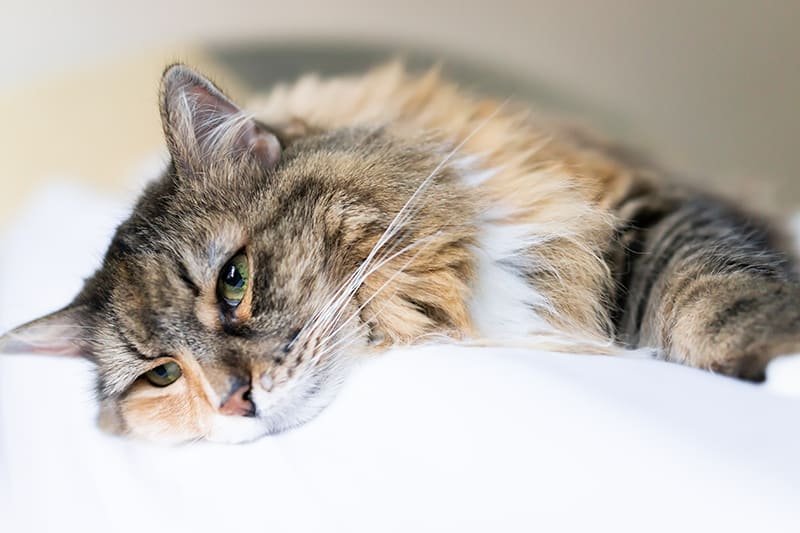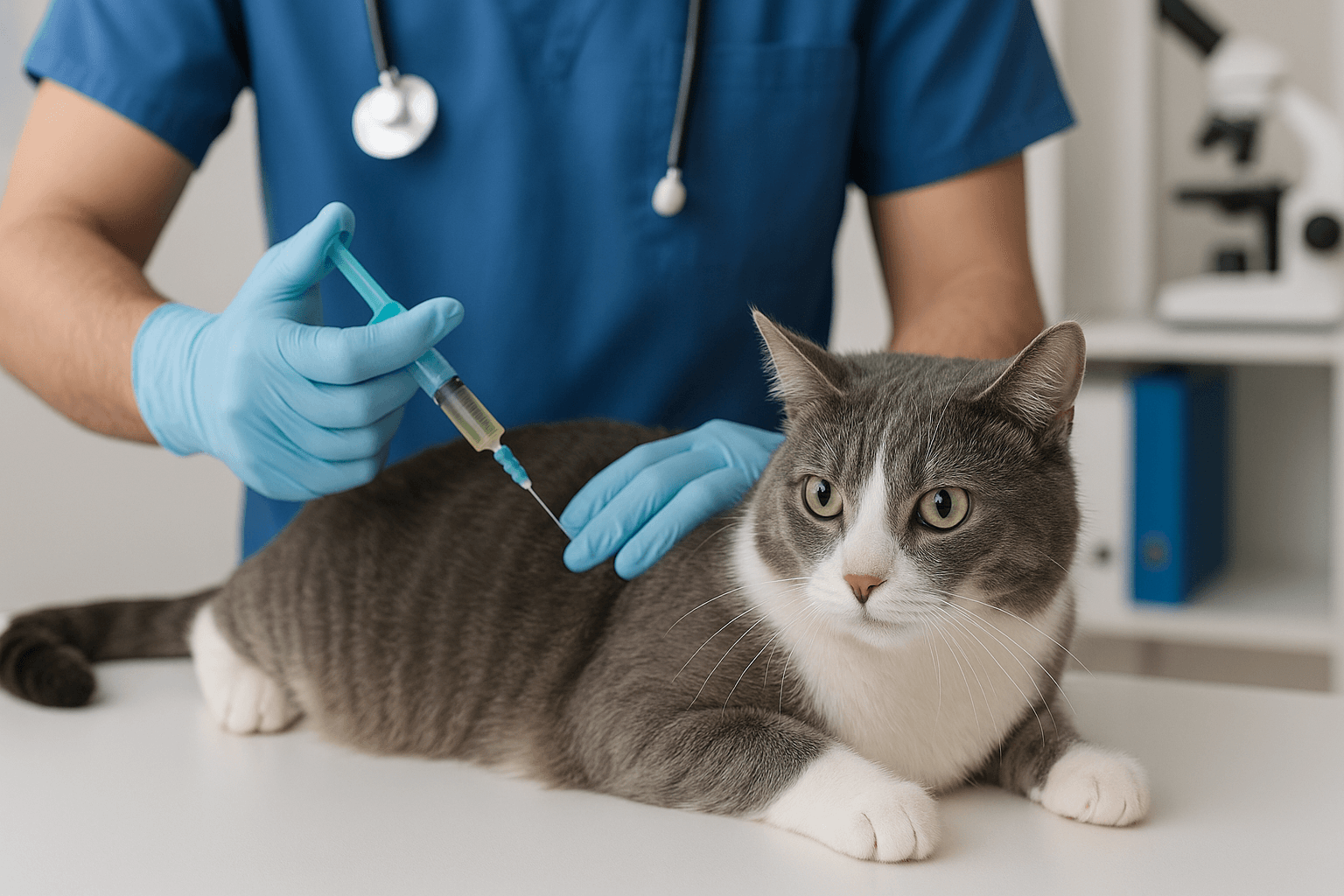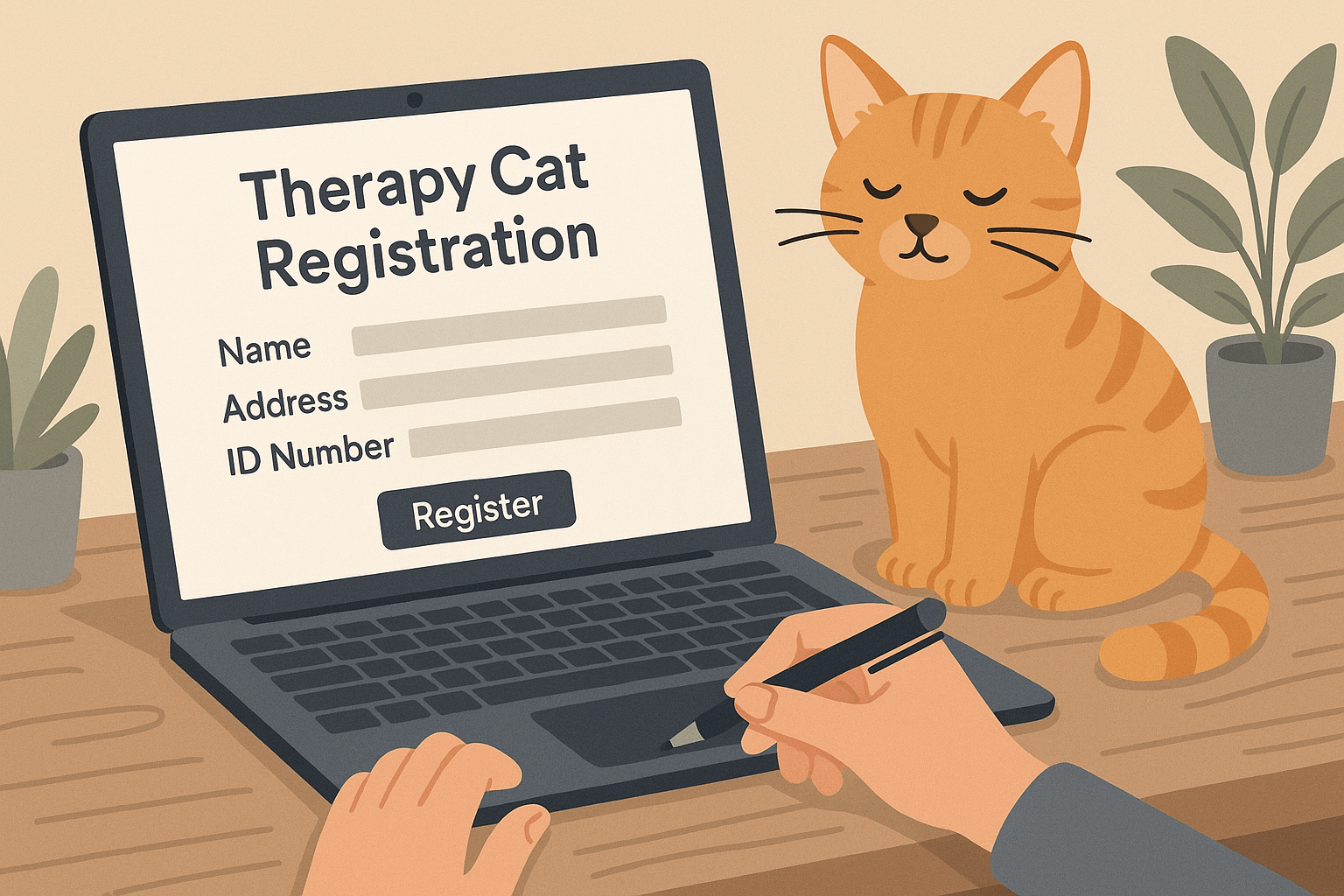Low Red Blood Cell Count in Cats: What You Need to Know
A low red blood cell count, also known as anemia, is a serious health concern that can affect cats of all ages and breeds. Red blood cells are essential for carrying oxygen throughout the body, and when their levels drop, it can lead to fatigue, weakness, and even life-threatening complications. Understanding the causes, symptoms, and treatment options for this condition is crucial for cat owners who want to ensure their furry companions stay healthy and vibrant. In this blog post, we’ll explore everything you need to know about low red blood cell counts in cats, from identifying early warning signs to managing long-term care.
Common Causes of Low Red Blood Cell Count in Cats
Several underlying factors can contribute to a low red blood cell count in cats. Identifying the root cause is key to providing effective treatment and improving your cat’s quality of life.
Blood Loss:
Trauma, injuries, or internal bleeding due to conditions like ulcers or tumors can lead to a significant drop in red blood cells.Chronic Diseases:
Conditions such as kidney disease, cancer, or feline leukemia virus (FeLV) can interfere with red blood cell production.Parasitic Infections:
Fleas, ticks, and intestinal parasites like hookworms can cause blood loss and contribute to anemia.Nutritional Deficiencies:
A lack of essential nutrients like iron, vitamin B12, or folate can impair the bone marrow’s ability to produce healthy red blood cells.Autoimmune Disorders:
In rare cases, a cat’s immune system may mistakenly attack its own red blood cells, leading to hemolytic anemia.
Understanding these causes allows veterinarians and pet owners to address the issue effectively and prevent further complications.

Signs and Symptoms of Low Red Blood Cell Count in Cats
Recognizing the signs of anemia early can make a significant difference in your cat’s prognosis. Keep an eye out for these common symptoms that may indicate a low red blood cell count.
Lethargy and Weakness:
Cats with anemia often appear unusually tired or reluctant to engage in physical activity.Pale Gums and Tongue:
Healthy gums should be pink; pale or white gums are a telltale sign of reduced red blood cell levels.Rapid Breathing or Panting:
Cats may breathe faster than usual as their bodies struggle to compensate for the lack of oxygen.Loss of Appetite:
Anemia can lead to decreased interest in food, which may further worsen the condition if left untreated.Jaundice (Yellowing of Skin or Eyes):
This occurs when red blood cells break down too quickly, releasing excess bilirubin into the bloodstream.
If you notice any of these symptoms, it’s important to consult your veterinarian promptly for a proper diagnosis and treatment plan.
Check this guide 👉Understanding Cat Blood Sugar Levels: Best 7 Expert Tips!
Check this guide 👉How to Take Cat Blood Pressure: Best 7 Expert Tips!
Check this guide 👉Understanding Cat Bloodwork Costs: Best 7 Health Tips!
Causes of Low Red Blood Cell Count | Symptoms to Watch For |
|---|---|
Blood loss from trauma or injury | Lethargy and weakness |
Chronic diseases like kidney failure | Pale gums and tongue |
Parasitic infections (fleas, ticks) | Rapid breathing or panting |
Nutritional deficiencies (iron, B12) | Loss of appetite |
Autoimmune disorders | Jaundice (yellowing of skin or eyes) |
Diagnostic Tests for Low Red Blood Cell Count in Cats
Diagnosing anemia in cats requires a thorough veterinary evaluation. These diagnostic tests help pinpoint the underlying cause of the low red blood cell count.
Complete Blood Count (CBC):
A CBC measures the number of red blood cells, white blood cells, and platelets in your cat’s bloodstream.Blood Chemistry Panel:
This test assesses organ function and identifies potential chronic diseases contributing to anemia.Fecal Examination:
Checking for parasites in your cat’s stool can reveal infections that may be causing blood loss.Bone Marrow Biopsy:
In severe cases, a biopsy may be necessary to evaluate the bone marrow’s ability to produce red blood cells.Urinalysis:
Analyzing urine helps detect underlying issues like infections or kidney problems that could be linked to anemia.
These tests provide valuable insights into your cat’s condition, guiding veterinarians toward the most effective treatment options.
Treatment Options for Low Red Blood Cell Count in Cats
Treating low red blood cell counts depends on the underlying cause and severity of the condition. Here are some common approaches used by veterinarians.
Fluid Therapy:
Administering fluids helps improve circulation and supports overall hydration, especially in cases of severe anemia.Iron Supplements or Nutritional Support:
If the anemia stems from nutritional deficiencies, supplements or dietary changes may be recommended.Medications:
Steroids or immunosuppressive drugs may be prescribed for autoimmune-related anemia to stop the immune system from attacking red blood cells.Blood Transfusions:
In critical cases, a blood transfusion may be necessary to stabilize the cat and restore red blood cell levels.Parasite Control:
Treating fleas, ticks, or intestinal parasites can resolve blood loss caused by infestations.
With timely intervention and proper care, many cats recover well and regain their energy and vitality.
Preventive Measures to Avoid Anemia
Preventing anemia in cats involves proactive steps to maintain their overall health and well-being. These strategies can reduce the risk of developing a low red blood cell count.
Regular Veterinary Check-Ups:
Routine visits allow vets to catch potential issues early before they escalate into serious problems.Parasite Prevention Programs:
Use flea, tick, and worm treatments consistently to protect your cat from blood-sucking parasites.Balanced Nutrition:
Feed your cat high-quality food rich in essential vitamins and minerals to support red blood cell production.Safe Environment:
Minimize exposure to toxins, sharp objects, or situations that could cause injuries leading to blood loss.Monitor for Behavioral Changes:
Pay attention to subtle shifts in your cat’s behavior, as they may signal underlying health concerns.
By taking these preventive measures, you can safeguard your cat’s health and minimize the risk of anemia.
Long-Term Management of Chronic Anemia
For cats with chronic conditions that cause recurring anemia, long-term management is essential to maintaining their quality of life. Here’s how to handle ongoing care effectively.
Routine Monitoring:
Schedule regular follow-up appointments to track your cat’s red blood cell levels and adjust treatments as needed.Medication Adherence:
Administer prescribed medications consistently to manage underlying conditions like kidney disease or autoimmune disorders.Dietary Adjustments:
Work with your vet to tailor your cat’s diet to meet their unique nutritional needs and support recovery.Stress Reduction:
Create a calm, predictable environment to reduce stress, which can exacerbate chronic illnesses.Emergency Preparedness:
Keep contact information for your vet and an emergency clinic handy in case sudden symptoms arise.
With careful planning and consistent care, chronic anemia can be managed successfully, allowing your cat to enjoy a fulfilling life.
Emotional Support for Cats with Anemia
Cats with anemia may experience discomfort and emotional distress, making it important to provide additional comfort and reassurance during their recovery.
Extra Affection:
Spend more time cuddling or grooming your cat to strengthen your bond and offer emotional support.Quiet Rest Areas:
Provide cozy, quiet spaces where your cat can rest undisturbed while recovering.Interactive Toys:
Engage your cat in gentle play sessions to keep them mentally stimulated without overexertion.Calming Products:
Consider using pheromone diffusers or calming sprays to create a soothing atmosphere at home.Patience and Understanding:
Be patient with your cat as they heal, recognizing that recovery takes time and varies for each individual.
Offering emotional support alongside medical care ensures your cat feels loved and secure throughout their journey to recovery.
Frequently Asked Questions About Low Red Blood Cell Count in Cats
What does a low red blood cell count mean for my cat?
It indicates anemia, which means your cat’s body isn’t getting enough oxygen due to insufficient red blood cells.
Can diet alone fix anemia in cats?
Diet may help if the anemia is caused by nutritional deficiencies, but other underlying causes require specific treatments.
Is anemia in cats curable?
The prognosis depends on the cause; many cases are manageable with proper treatment, while others may require ongoing care.
How can I prevent anemia in my cat?
Regular vet check-ups, parasite prevention, and a balanced diet can reduce the risk of developing anemia.
When should I take my cat to the vet?
If you notice symptoms like lethargy, pale gums, or rapid breathing, seek veterinary attention immediately.
Empowering Cat Owners to Address Low Red Blood Cell Counts
A low red blood cell count in cats is a complex yet treatable condition that requires vigilance and prompt action. By understanding the causes, recognizing the symptoms, and working closely with your veterinarian, you can help your feline friend regain their strength and live a happy, healthy life. Remember, early detection and consistent care are key to managing anemia effectively. With love, dedication, and the right resources, you can ensure your cat thrives despite this challenging health issue.
Is the Rubber Tree Cat Safe? Best 7 Expert Tips! Discover expert advice on keeping rubber plants safely in cat-friendly homes and learn top tips for pet-safe plant care.
Low Red Blood Cell Count in Cats: Best 7 Expert Tips! Discover causes, symptoms, and treatment options for feline anemia. Learn how to support your cat’s health effectively with expert advice.
Understanding Megacolon Treatment: Best 7 Expert Tips! Discover effective strategies to manage feline megacolon, from dietary changes to surgical options, ensuring your cat’s comfort and long-term health.
How to Register a Therapy Cat: Best 7 Expert Tips! Discover essential steps to certify your cat as a therapy animal, prepare them for training, and make a meaningful impact in therapeutic settings.



